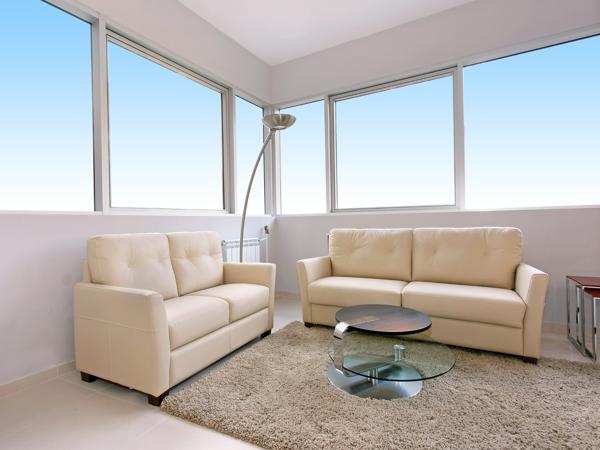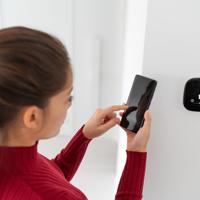In today's world, where sustainability and energy efficiency are gaining increasing importance, smart lighting emerges as a promising solution in the quest for a more sustainable lifestyle. At TechLiving, we explore how integrating smart lighting into our homes can lead to potential energy savings and enhance the quality of life.
Understanding Smart Lighting
Smart lighting refers to lighting systems that can be controlled remotely using a smartphone app, smart home systems, or voice-activated devices. These lights come with advanced features like scheduling, dimming options, and motion detection, allowing users to regulate their home's ambiance and energy consumption effortlessly. Learn more about energy savings with smart lighting.
How Smart Lighting Contributes to Energy Savings
1. Automated Scheduling and Control
One of the notable features of smart lighting is its ability to be scheduled. Users can set timers for specific lights to turn on and off according to their daily routine. For example, lights can be programmed to turn off when you leave for work and turn on just before you return. This reduces unnecessary energy consumption when the lighting is not needed, lowering electricity bills significantly over time.
2. Dimming Features
Smart lighting solutions offer dimming capabilities, allowing users to control the brightness of their lights. Adjusting the brightness helps in consuming less electricity, particularly when full illumination isn't necessary. An evening meal with a cozy, dimmed lighting setup uses significantly less power compared to a fully lit room.
3. Motion Detection
Motion sensors in smart lights can automatically turn off lights when no movement is detected within a room, and turn them back on when someone enters. Consider the energy savings in less frequented areas of a home, like hallways or the garage, where lights do not need to be on continuously.
4. Remote Access
The advantage of managing your lighting remotely ensures that you can turn off any inadvertently left-on lights from anywhere in the world. This capability reduces unnecessary waste and contributes to a more sustainable energy footprint.
Practical Examples of Smart Lighting Benefits
Take, for instance, Philips Hue or LIFX smart bulbs. They allow for integration with smart home systems such as Google Home and Amazon Alexa, providing users with the flexibility to control their lighting with voice commands. According to a Consumer Reports article, implementing smart lighting can reduce lighting energy usage by up to 35%, although results may vary based on household habits and lighting configuration.
Moreover, in a case study published by EnergyStar, a household that switched to smart lighting was able to cut their electricity bill by an average of 20% over a year, by simply using automated schedules and dimming features effectively.
Considerations When Migrating to Smart Lighting
While smart lighting presents an opportunity for energy savings, it's essential to consider initial setup costs and compatibility with existing home systems. Some might find the interface or technology a bit challenging initially, but most systems come with user guides and online support.
Conclusion
Smart lighting offers a compelling avenue for energy savings and contributes to a sustainable living environment. By utilizing features such as automated scheduling, dimming capabilities, motion detection, and remote access, smart lighting systems provide not just convenience, but a way to reduce energy consumption.
As we continue to embrace technology in our lifestyles, smart lighting stands out as a humble yet effective means to align comfort with environmental consciousness.
For those intrigued by energy efficiency and sustainability, beginning with smart lighting could be an insightful step toward a greener lifestyle.
References:
- Philips Hue: https://www.philips-hue.com
- LIFX: https://www.lifx.com
- Consumer Reports on Smart Lighting: [Link pending]
- EnergyStar Case Study: Energy Efficiency


